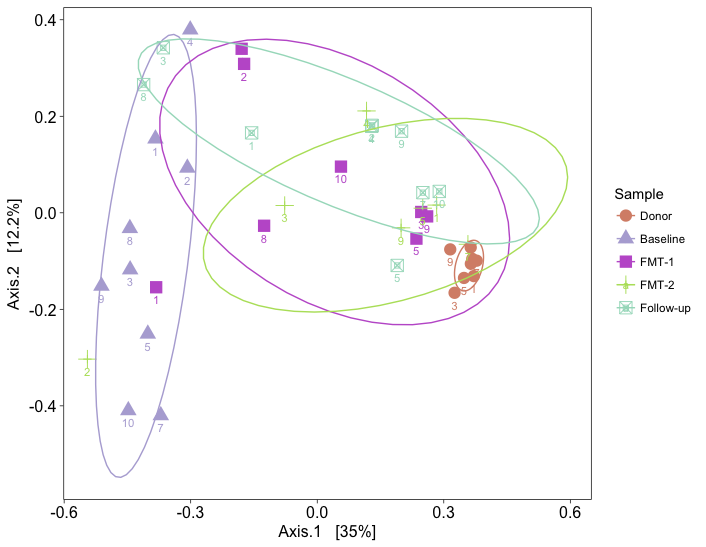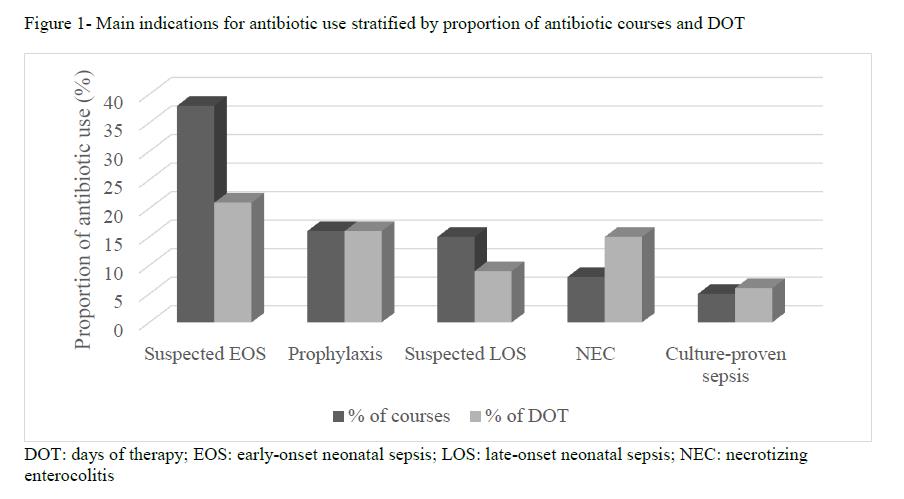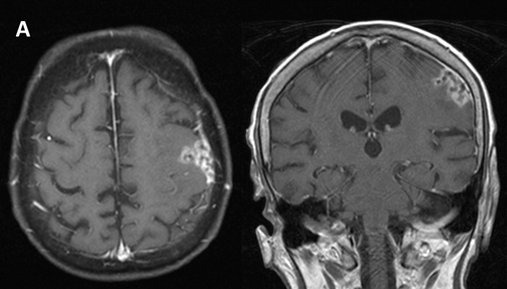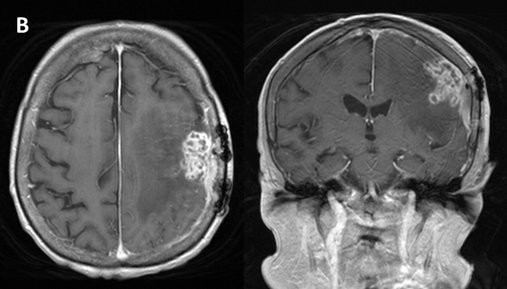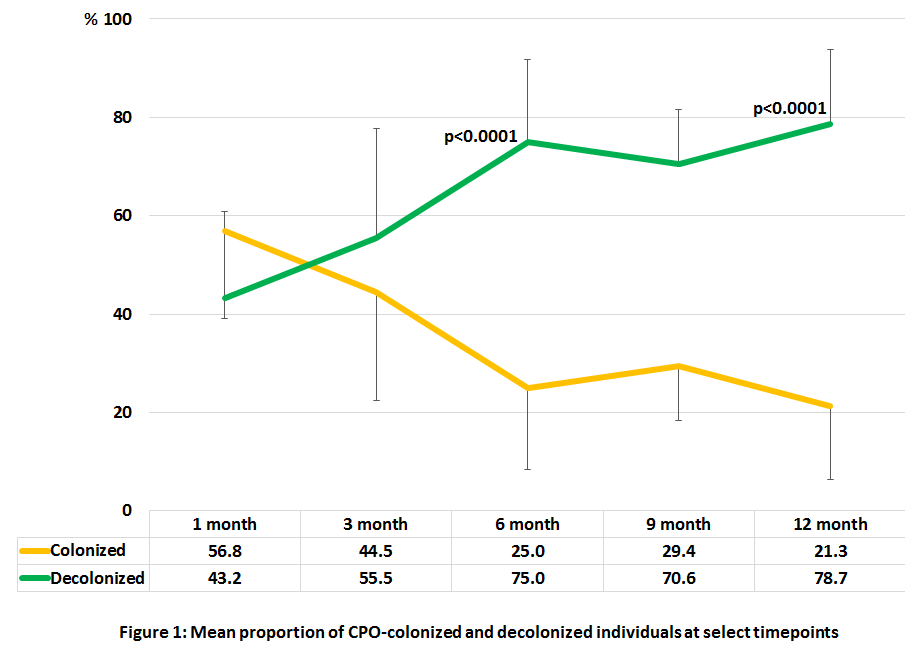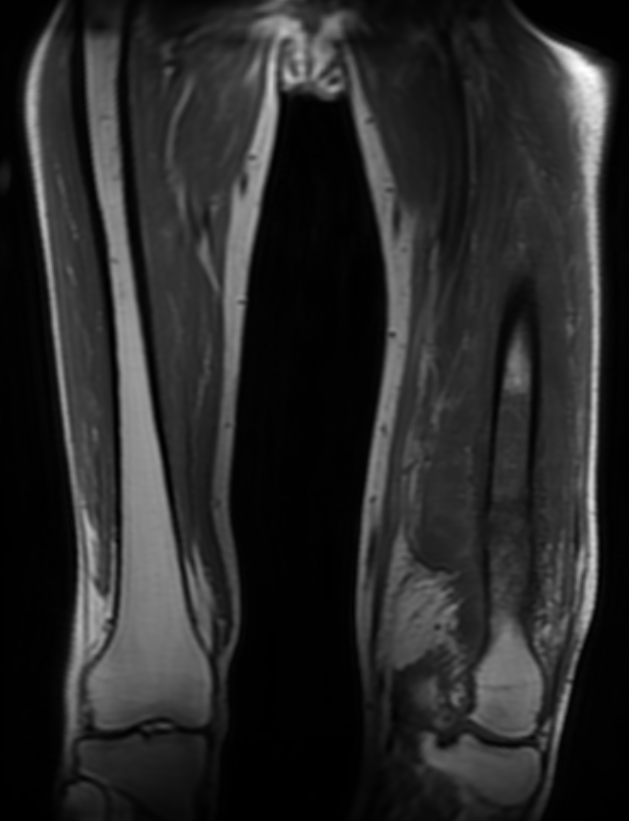Abstract
Background: IL-7 is a key cytokine in CD8+ T-cell survival and proliferation. The IL-7 receptor, CD127, is expressed both membrane-bound (mCD127) and soluble (sCD127). In tuberculosis and sepsis, the level of sCD127 in the plasma has been correlated with disease progression. Two factors are known to affect sCD127 levels. IL-7 induces sCD127 secretion from CD8+ cells, while C allele rs6897932 is correlated with higher sCD127 levels. We hypothesized that rs687932 C- allele is associated with higher sCD127 secretion in response to IL-7. Correspondingly, the response to IL-7 of CD8+ T-cells from the genotyped donors was measured. Methods: CD8+ cells from the peripheral blood of healthy donors were stimulated with IL-7. mCD127 and sCD127 were measured by flow cytometry, and ELISA respectively. The genotype of donors was determined with a PCR. Results: Of 11 donors, 9 were CC, 3 were CT and 0 were TT genotype. As shown previously, the percentage of CD8+ cells expressing mCD127 decreased over time of IL-7 stimulation. In the individuals with the CT genotype, mCD127 levels returned to baseline levels at 72hr of stimulation with 10 ng/mL IL-7. No difference in mCD127 between genotype was detected at 8hr, 24hr or 48hr with either 10ng/mL or 1ng/mL IL-7. As expected, sCD127 secretion increased with time of IL-7 stimulation. No difference between genotypes was seen at any time point with 10ng/mL IL-7. Interestingly, with 1ng/mL IL-7, sCD127 secretion was lower in CT donors compared to CC donors [CC: 2030 pg/mL 


